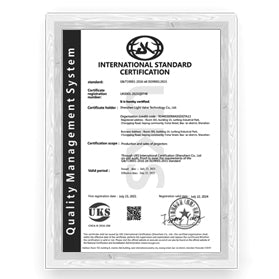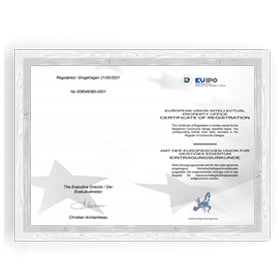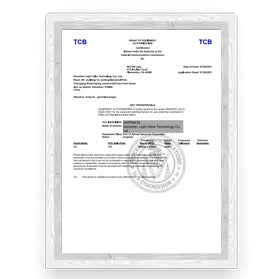About US
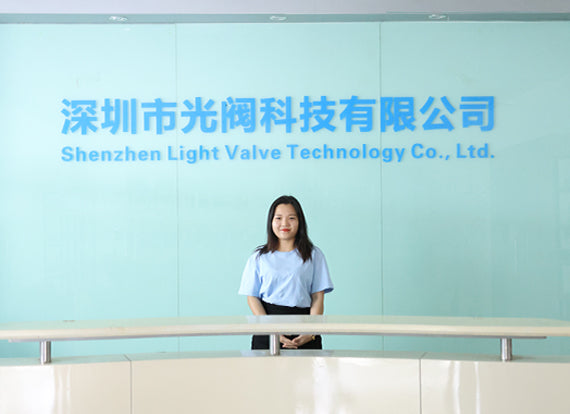
LightValve
Shenzhen Light Valve Technology Co., Ltd. specializes in the manufacturing of LCD home projectors, founded in 2020, and located in Shenzhen, China. Committed to supplying durable, clear, and high-performance entertainment projectors for retailers, Shopping malls, supermarkets, e-commerce platforms, physical stores, hotels, and cinemas over the world. Support OEM &ODM, appearance customized and tooling, and Provide SKD &CKD services, which have won a large oversea market.
Our continually developing humanization design and super-quality products will offer good support to customers. Our dream is to create the best, most affordable giant-screen projection products in the world, bringing outstanding home theater to every family. Your feedback will be very important for us to develop a perfect projector.
Competitive advantages
Quality Control System
THUS SPOKE OUR CUSTOMERS
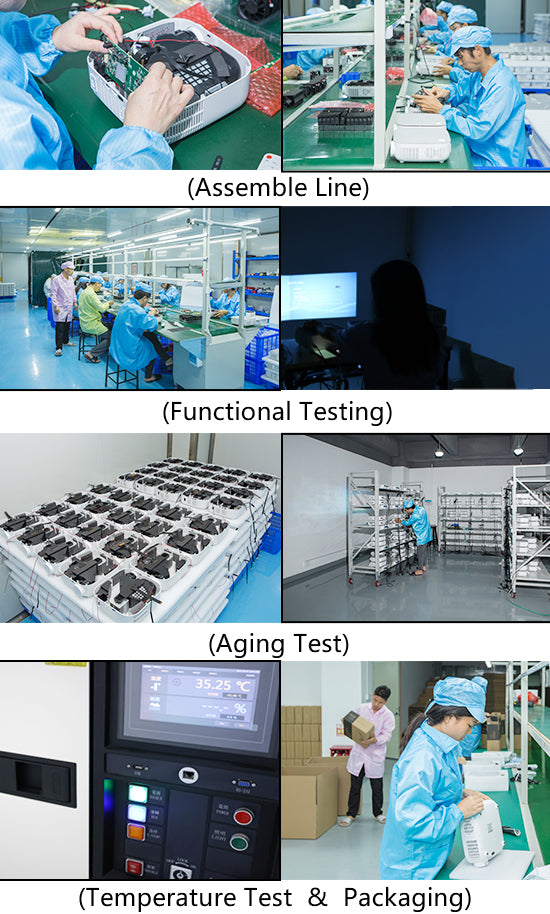
Production Process
Design and Research:
The production process begins with extensive design and research. Engineers and designers work together to develop concepts, taking into account factors such as image quality, resolution, brightness, and portability. They also consider the latest technological advancements and market trends to ensure the projector meets the demands of consumers.
Component Procurement:
Once the design is finalized, the procurement team sources the necessary components. These components include the optical system, projection lens, light source, circuit boards, cooling system, and housing materials. Only high-quality components are selected to ensure the projector's performance and reliability.
Assembly:
The assembly stage involves putting together all the components to create the projector. Skilled technicians carefully follow assembly instructions and use specialized tools to ensure precision and accuracy. The optical system, light source, and circuit boards are meticulously integrated to ensure optimal performance.
Quality Control and Testing:
After assembly, each projector undergoes rigorous quality control and testing procedures. Various tests are conducted to assess image quality, color accuracy, brightness, contrast, and overall functionality. This stage is crucial to identify and rectify any manufacturing defects or performance issues before the product reaches the market.
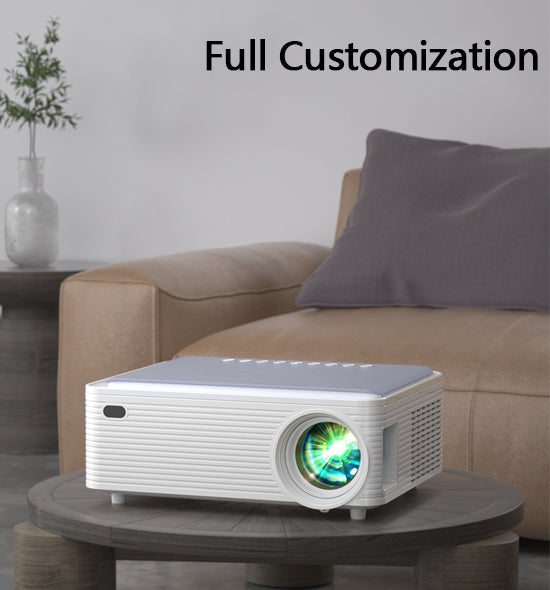
Exclusive Projection Experiences
Branding and Packaging: Customers can incorporate their logo and slogan into the design of the projector to showcase their brand image. Additionally, customized packaging can be created to enhance the overall presentation of the product.
Specialized Features:
OEM customization enables the inclusion of specialized features based on the client's requirements. This may include specific connectivity options, compatibility with specific software or devices, or unique user interface functionalities.
Tailored Projection Solutions:
Customized projectors offer tailored projection solutions to suit specific needs. This may involve adjustments in brightness, resolution, contrast ratio, or color accuracy to achieve optimal image quality for the intended environment.
Certificate
